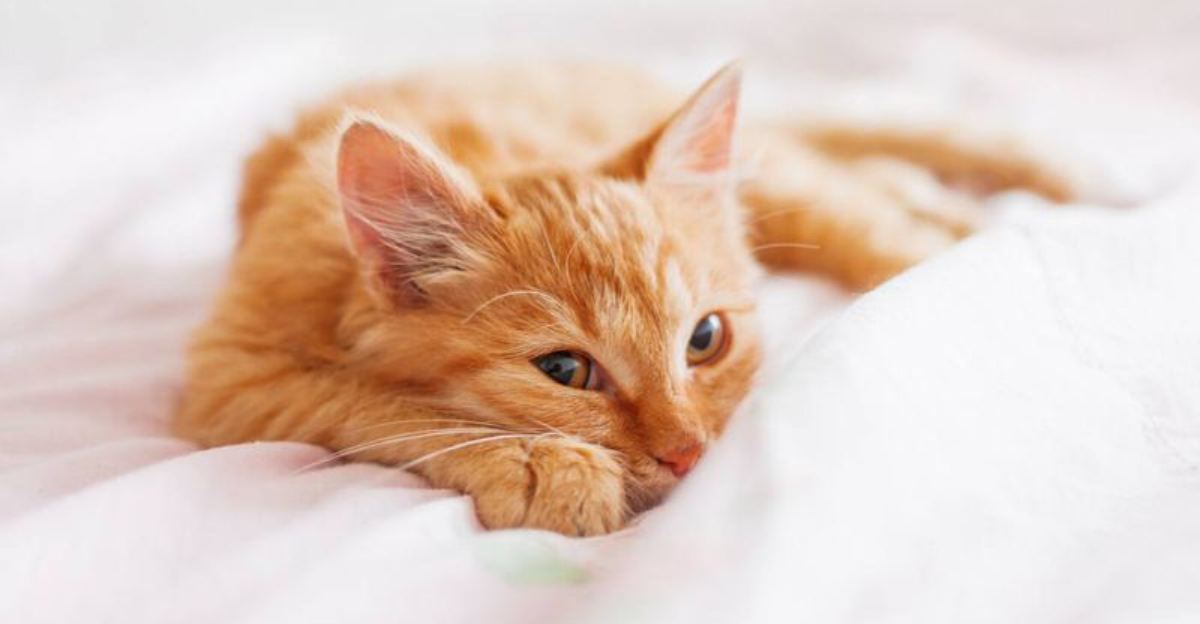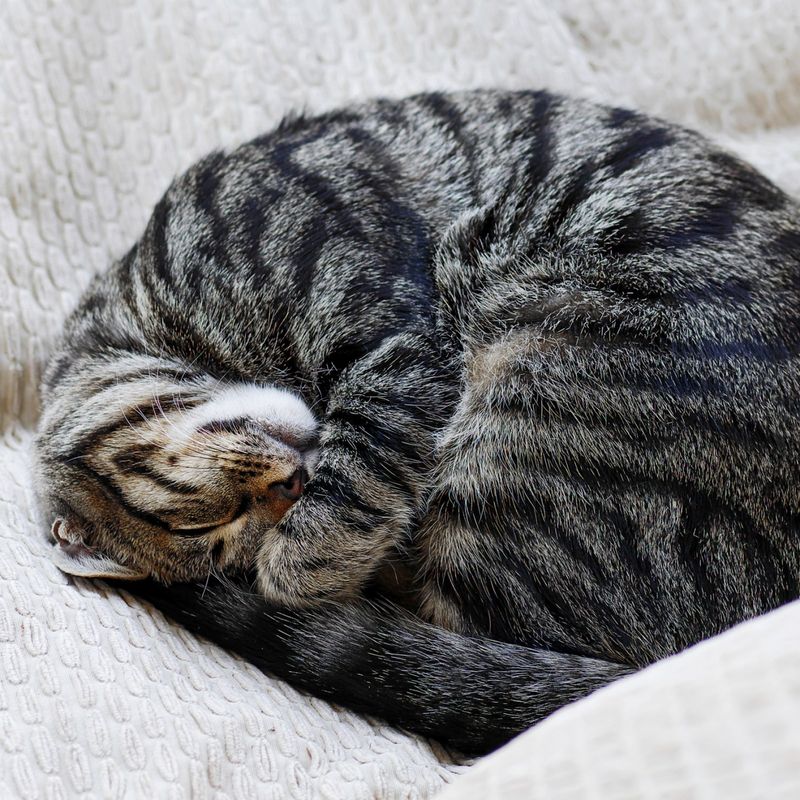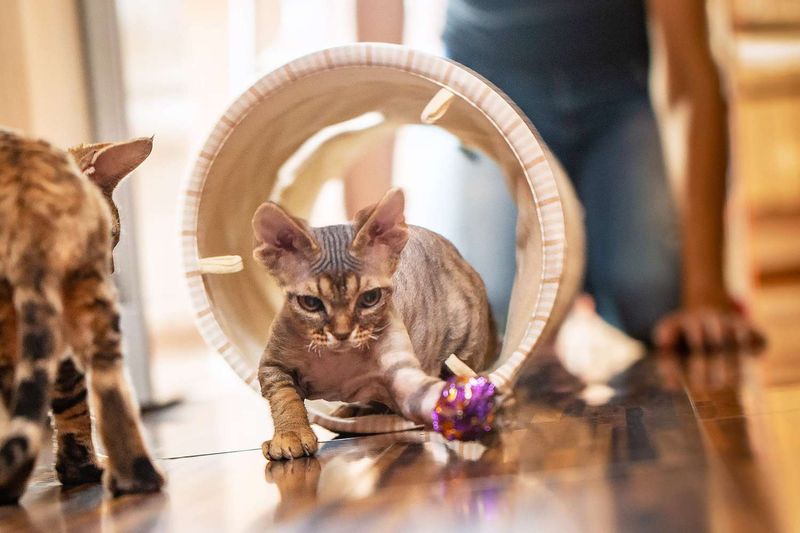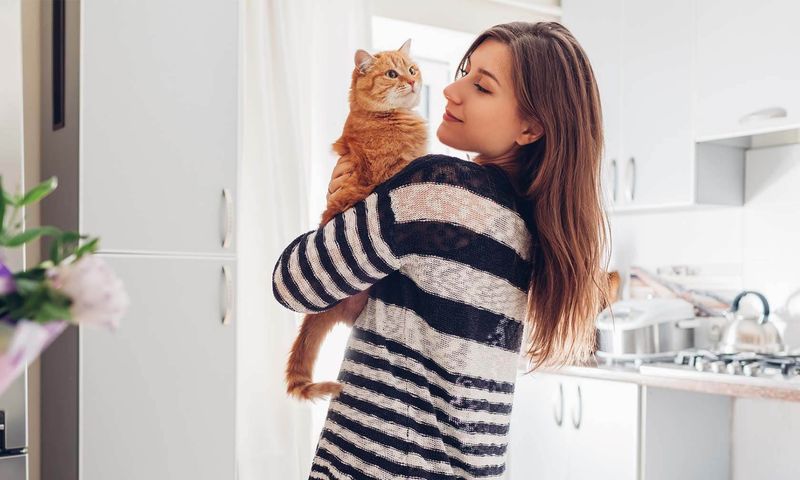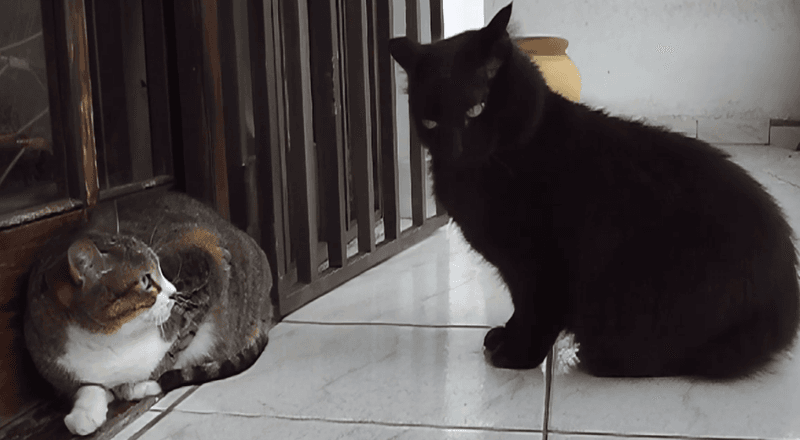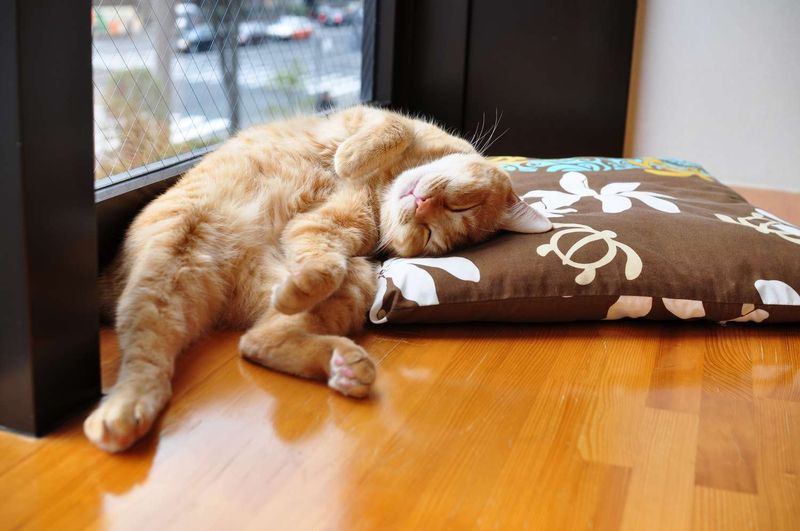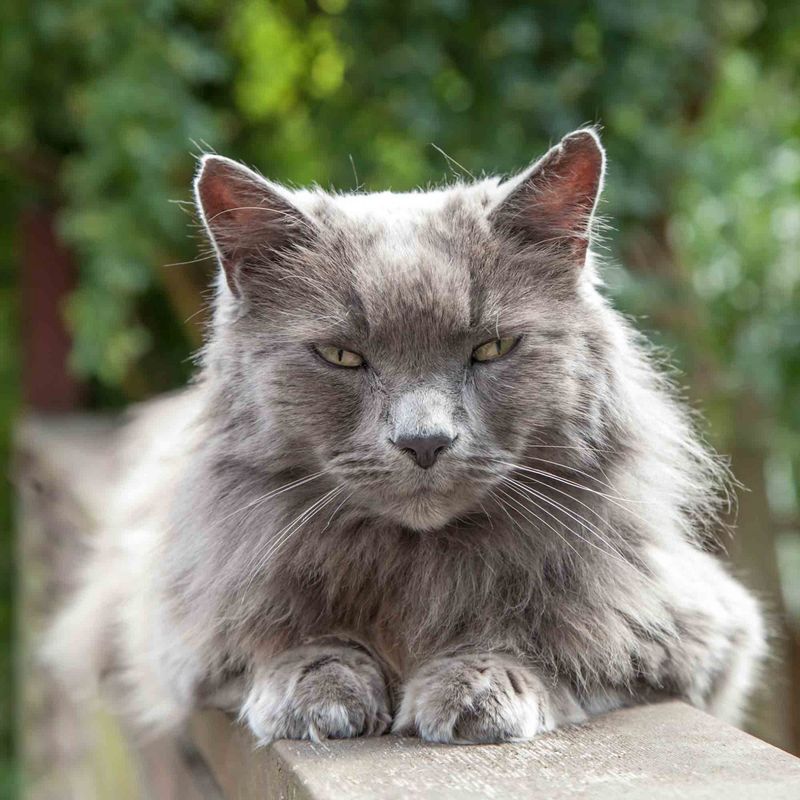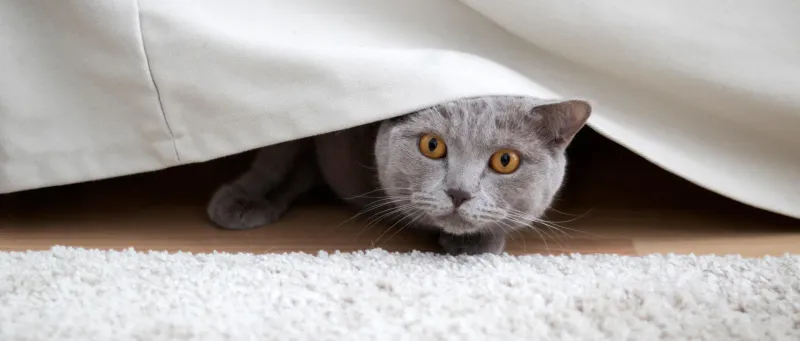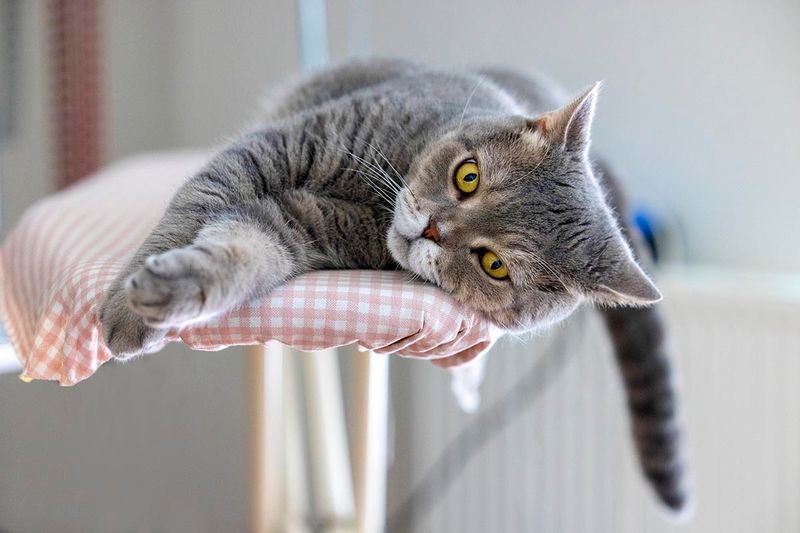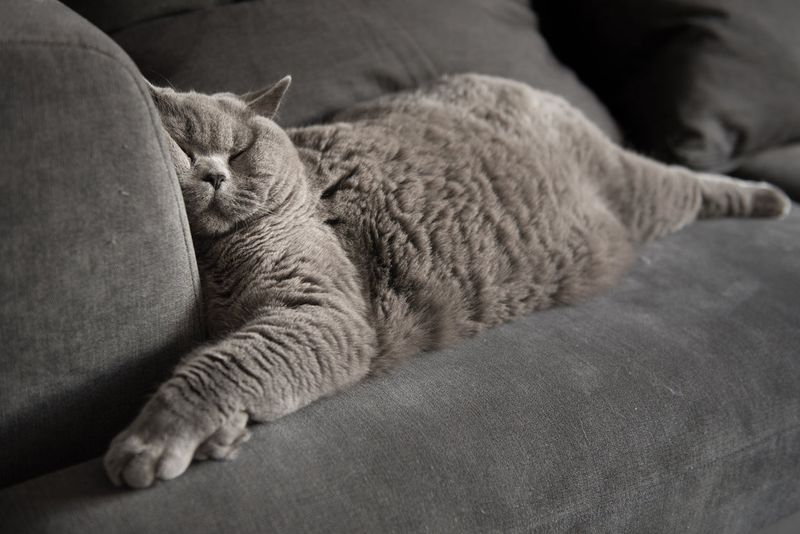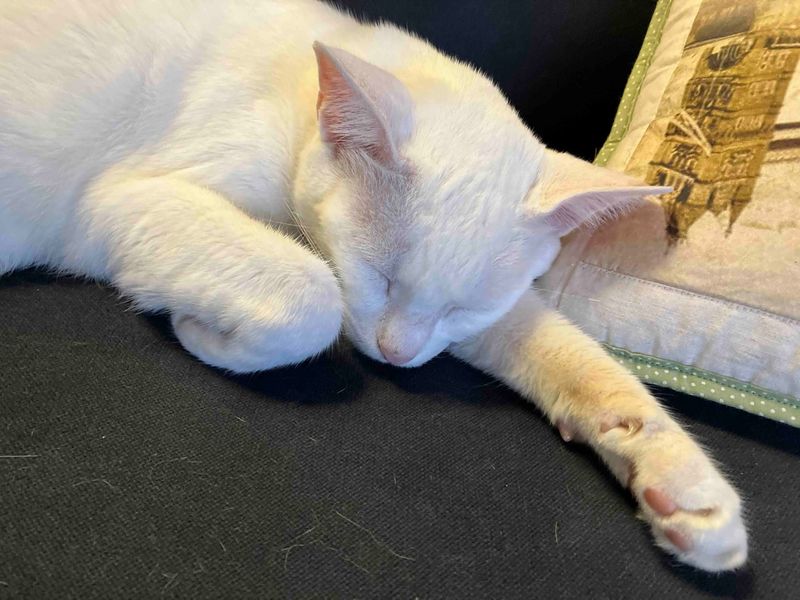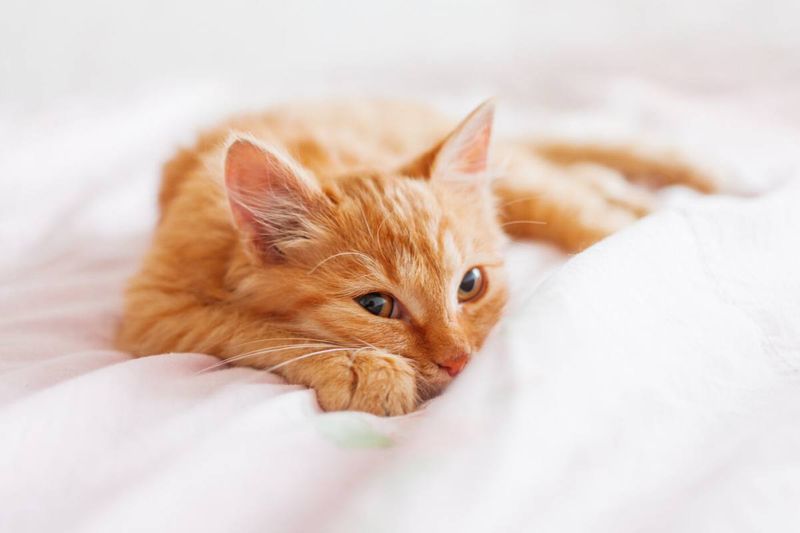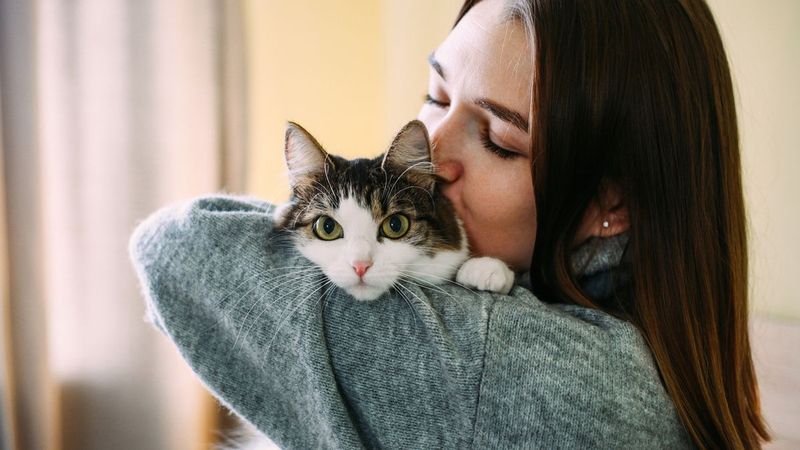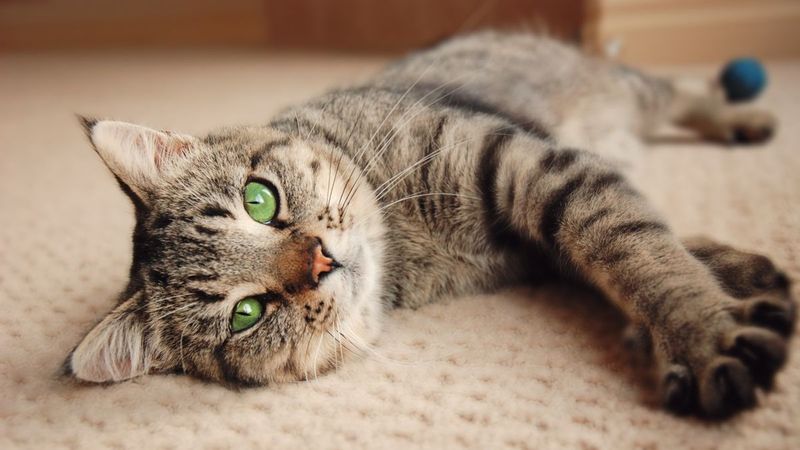📖 Table of Content:
Cats are known for their graceful movements and mysterious nature, which often leaves people wondering what goes on in their minds. When night falls and they curl up to sleep, the question arises: do cats experience nightmares like humans? Understanding what happens during their sleep can provide intriguing insights into their behaviors and emotions.
The world of feline dreams remains largely unexplored, but some research suggests that cats do enter sleep stages similar to those of humans. During these stages, their brains are active, which may lead to dreams or even nightmares. Observing their physical responses, like twitching paws or flicking tails, hints that they may be experiencing more than just peaceful slumbers.
While it’s still unclear whether cats have nightmares in the same way humans do, many factors could influence their dreams. From past experiences to daily stress, a variety of triggers might affect their sleep patterns. Delving into the reasons behind these unsettling moments can help shed light on the mysterious world of feline dreams.
1. Past Traumas
Cats, much like humans, can carry the weight of past traumas into their dreams. Experiences such as abandonment or previous abuse can manifest in their sleep. This may result in restless nights or even visible signs of distress. Often, rescue cats are more prone to such nightmares.
A gentle approach and a comforting environment can help alleviate some of their fears. Recognizing and acknowledging these past experiences can make a world of difference. Creating a safe haven with familiar scents and a cozy sleeping area might just be the key to more peaceful dreams for your feline friend.
2. Genetic Predisposition
Some cats are simply born with a genetic predisposition to more intense dreaming. This can lead to nightmares if the dream becomes particularly vivid or intense. Breeds with more active or playful dispositions may experience this more frequently. Understanding your cat’s breed and their natural tendencies can give insight into their dream world.
While genetics play a role, it’s essential to observe and ensure your cat is comfortable. Providing a stable and loving environment may help mitigate the frequency of these unsettling dreams. Every little bit of care can contribute to a calmer dreaming experience.
3. Dietary Habits
What your cat eats can significantly influence their dreams. Eating too close to bedtime or consuming certain types of food may lead to restlessness or nightmares. Pay attention to your cat’s dietary habits and any changes in their behavior post-meal. Some cats may react adversely to specific ingredients, leading to indigestion or discomfort.
Ensuring a balanced diet and proper mealtime routine can promote better sleep. Experiment with different food options to see what works best. By optimizing their diet, you might just improve their nighttime experience and reduce bad dreams.
4. Playtime Intensity
The level of activity during playtime can influence the content of your cat’s dreams. Cats that play energetically before bed are more prone to vivid dreams, and sometimes even nightmares if the play becomes too rough. A mix of calming activities before sleep can help your cat relax and avoid unsettling dreams.
Interactive toys and gentle petting sessions can create a smoother transition to bedtime. By moderating the intensity of their play, you can contribute to more peaceful dream states and a happier, well-rested feline friend.
5. Environmental Changes
Being creatures of habit, cats can be unsettled by any sudden changes in their environment. A new home, new furniture, or unfamiliar smells may create stress, which can manifest in bad dreams. Introducing changes gradually and keeping a consistent environment can help your cat adjust more comfortably.
Spend quality time with your cat to reassure them of their safety and comfort. A stable environment contributes to a sense of security, reducing anxiety and the likelihood of bad dreams. Your support can make all the difference for your feline’s restful slumber.
6. Social Interactions
The way your cat interacts socially, whether with other animals or humans, can influence its dreams. Positive or negative encounters might be reflected in their sleep, occasionally leading to nightmares. By paying attention to their social behaviors, you can gain a better understanding of what might be affecting their dream world.
Encourage positive interactions and provide a safe space for your cat to retreat. Monitoring these social dynamics and offering support can help in reducing stress-induced nightmares. A harmonious social environment can lead to happier, more peaceful dreams for your furry companion.
7. Health Issues
Underlying health issues, such as pain or discomfort, can translate into nightmares for your cat. Cats are adept at hiding their ailments, making it challenging to identify the root cause of their distress. Regular vet check-ups are crucial to ensure your cat’s well-being.
Pay attention to any changes in behavior or sleep patterns. Addressing health concerns promptly can alleviate some of the negative impacts on their dreams. Providing a comfortable and supportive sleeping area can help. Keep an eye on your cat’s health, and you might notice a decrease in those disturbing dreams.
8. Old Age
As cats age, their sleep patterns and dreams may change. Older cats often experience more vivid dreams, which can occasionally turn into nightmares. This could be due to age-related discomfort or cognitive changes. Regular veterinary care and attention to your cat’s changing needs can help.
Providing a comfortable resting area and maintaining a routine can ease some of these age-related challenges. Patience and understanding are key to supporting your aging feline. With the right care, you can help ensure that their golden years are as peaceful and restful as possible, minimizing the frequency of bad dreams.
9. Stress and Anxiety
Nightmares in cats are frequently triggered by stress and anxiety. Changes in their routine, the introduction of new pets, or conflicts with other animals can cause emotional strain. Recognizing and addressing these stressors can help lessen anxiety-induced nightmares for your cat.
Creating a calming atmosphere with soothing scents and a comfortable sleeping area is beneficial. Regular play and bonding time can also alleviate stress. Ensuring your cat feels loved and secure is crucial in minimizing their nighttime anxieties and promoting more serene dreams.
10. Weather Changes
Atmospheric changes can deeply affect a cat’s mood and dreams. Sudden storms, temperature drops, or strong winds might interrupt their sleep, sometimes causing nightmares. Offering a comfortable, warm spot to sleep can shield your cat from these changes and promote better rest.
Being mindful of how weather impacts your cat can help you make adjustments to their sleeping environment. Your efforts can create a more comfortable and restful space, reducing the likelihood of weather-related bad dreams.
11. Loud Noises
Sudden loud noises, like fireworks or thunderstorms, can disturb your cat’s sleep and cause nightmares. These unexpected sounds can heighten anxiety and fear, leading to restless nights. Your cat may associate such noises with threats, making it difficult for them to relax.
Providing a quiet and secure space can help soothe their nerves. Consider using soft background music or a white noise machine to drown out disruptive sounds. Ensuring your cat feels safe and protected can significantly reduce the likelihood of noise-induced nightmares.
12. Lack of Routine
Disruptions to a cat’s routine can cause anxiety, leading to nightmares. Changes in feeding times, irregular play sessions, or chaotic environments may disturb their sleep patterns. Establishing a steady routine can provide your cat with a sense of security and reduce stress.
Regular feeding, play, and rest times create a stable environment, helping your cat feel more secure. By fostering a structured routine, you reduce the chances of stress-induced nightmares. This commitment to consistency can lead to more restful nights and a happier, more contented cat.
13. Dream Recall
Some cats can recall their dreams, just like humans. This can sometimes lead to visible signs of distress if the dream is particularly unpleasant. Recognizing your cat’s cues upon waking can provide insights into their dream experiences. Offering comfort and reassurance during these moments can help ease their transition back to reality.
Creating a peaceful waking environment is equally important. By understanding your cat’s unique dream patterns, you can better support them. This awareness can help reduce the intensity of distressing dreams and foster a more comforting sleep experience.
14. Emotional Bonding
The bond between a cat and its owner can significantly influence their dreams. Cats with strong emotional connections may experience more vivid and diverse dreams, which can sometimes include nightmares. Providing love and attention can help mitigate the impact of bad dreams. Spending quality time with your cat, engaging in bonding activities, and offering affection can enhance their sense of security.
Your presence can be a calming influence, helping to reduce anxiety-related nightmares. By nurturing your connection, you contribute to a more positive dream experience, ensuring your furry friend feels loved and protected.
15. Sensory Overload
Cats are highly sensitive creatures, and sensory overload can lead to restless sleep and nightmares. Bright lights, loud noises, or a chaotic environment can overwhelm their senses. Creating a tranquil sleeping area with dim lighting and minimal noise can make a significant difference. Pay attention to your cat’s reactions and adjust their environment accordingly.
By minimizing sensory input, especially before bedtime, you can promote a calmer and more restful sleep. Supporting your cat in this way helps to reduce the chances of sensory-induced nightmares, contributing to a happier and healthier dream life.
